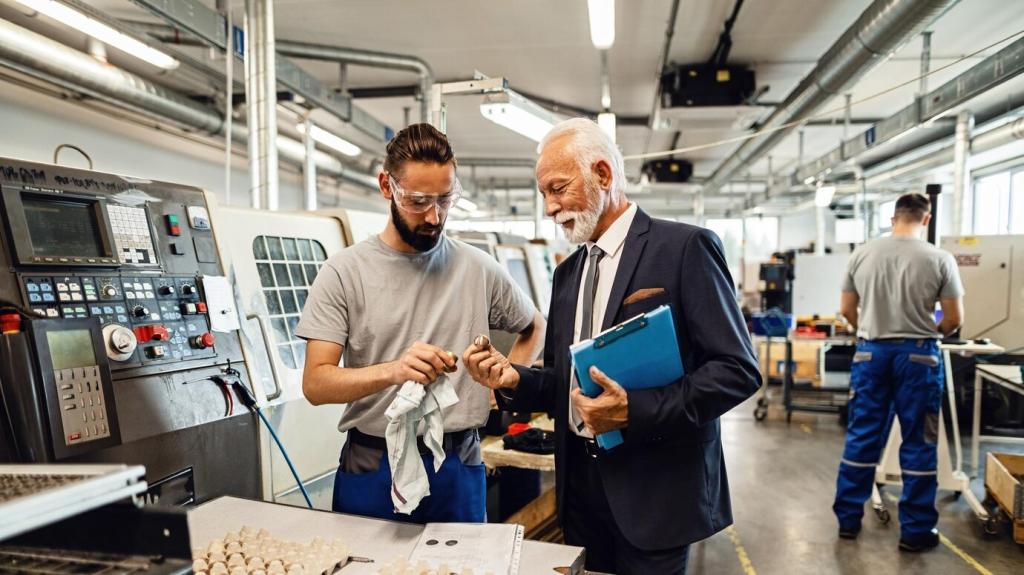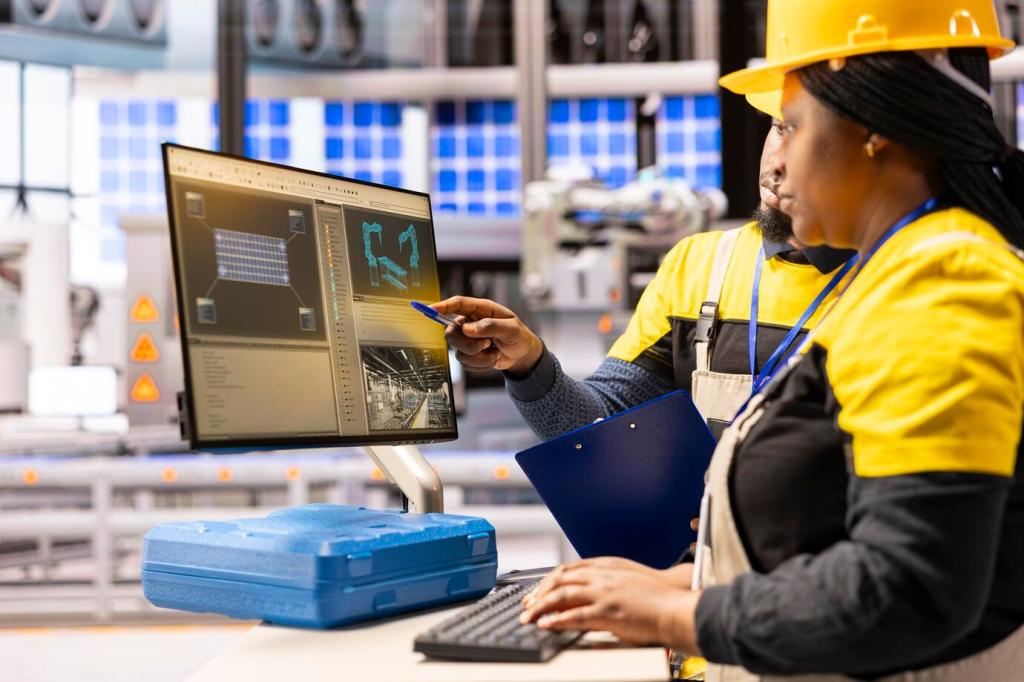Thermal Storage and Flexibility
Pressurized hot water tanks are simple and robust; concrete or firebrick beds handle very hot air. Phase-change materials pack energy densely but need careful heat transfer design. Which storage medium fits your temperature window and cleaning regimen best at your facility?
Thermal Storage and Flexibility
Batches create feast-and-famine heat profiles. A modest tank after a dryer can feed an ORC or preheater steadily. Controls should prioritize product first, then storage, then export. Share your batch durations and let readers suggest storage sizes that matched their plants effectively.
Thermal Storage and Flexibility
Plan foundations, relief devices, and inspection clearances early. Insulation gaps lose more than spec sheets admit. Moisture barriers, jacketing, and labeled penetrations speed upkeep. Post a sketch of your layout ideas and invite feedback from peers who have squeezed tanks into tight corners.


